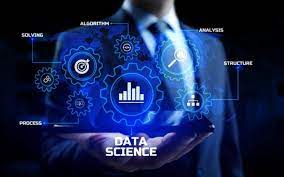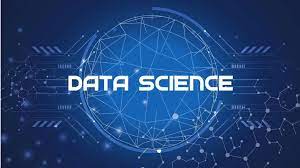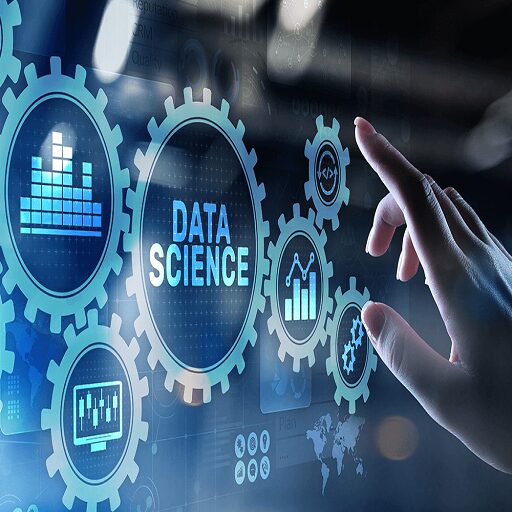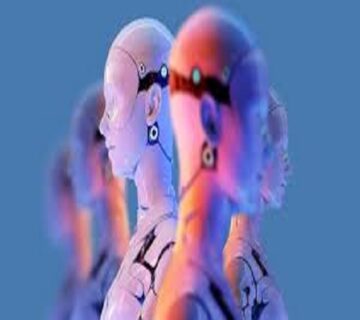Data Science is a multidisciplinary field that focuses on extracting knowledge and insights from data. This science combines statistics, data analysis, machine learning, and computer science, enabling researchers and analysts to identify patterns and trends from large and complex data sets, leading to better decision-making.
Main Components of Data Science
– Data Collection:
This stage involves gathering data from various sources. These sources can include databases, websites, sensors, and social networks.
– Data Processing and Cleaning:
In this stage, data is examined and cleaned to ensure its quality and accuracy. This includes removing incomplete data, correcting errors, and converting data into suitable formats.
– Data Analysis:
Data analysis involves using statistical techniques and machine learning algorithms to extract patterns and insights from data. This stage can include descriptive, analytical, and predictive analysis.
– Modeling:
In this stage, mathematical and statistical models are created for predicting and analyzing data. These models may include regression, decision trees, neural networks, and other machine learning algorithms.
– Data Visualization:
Data visualization involves creating visual representations of data and analysis results. This stage helps analysts easily identify hidden patterns and trends in the data and communicate results to others.
– Interpretation and Decision-Making:
In this stage, the results of analyses are interpreted, and strategic decisions are made based on them. Data science helps organizations make data-driven decisions.

Main Branches
1 . Data Analysis
This subfield focuses on using statistical techniques and analytical algorithms to examine data and extract patterns and insights. Data analysis can include descriptive, analytical, and predictive analyses.
2 . Machine Learning
This area develops algorithms and models that enable systems to learn from data and make more accurate predictions. Machine learning includes supervised learning, unsupervised learning, and reinforcement learning.
3 . Big Data Analytics
This subfield involves analyzing and processing large and complex data sets that are often unstructured. This includes using specific technologies like Hadoop and Spark.
4 . Data Modeling
This area focuses on designing and creating mathematical and statistical models for analyzing data and predicting behaviors. Modeling can involve regression techniques, decision trees, and neural networks.
5 . Data Visualization
Data visualization involves creating visual representations of data and analysis results. This subfield helps analysts easily identify hidden patterns and trends in the data and communicate results to others.

6 . Social Data Science
This area focuses on analyzing data collected from social networks and other online sources. Its goal is to understand user behavior and identify social trends and patterns.
7 . Time Series Analysis
This subfield analyzes data collected over time. This includes predicting trends and identifying seasonal and cyclical patterns.
8 . Text Analytics
This area focuses on extracting information and insights from textual data. It includes natural language processing (NLP) and sentiment analysis.
9 . Medical Data Analysis
This subfield involves analyzing medical and health data, including analyzing medical images, patient data, and predicting health status.
10 . Geospatial Data Analysis
This area focuses on analyzing spatial and geographical data. It includes using GIS (Geographic Information Systems) techniques and analyzing spatial data.




No comment